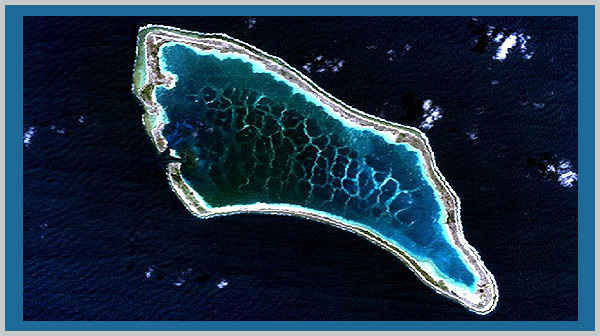
Spotlight on Island Biogeography
Island biogeography is the study of the distribution and dynamics of species in island environments. Due to their isolation from more widespread continental species, islands are ideal places for unique species to evolve. Islands, however, are also places of concentrated extinction.
Of 724 known animal extinctions in the last 400 years, about half were of island species, and of the bird species that have become extinct in that period, at least 90 percent were island dwellers. Yet the Earth’s total land area contains only a fraction of island environments. Why do so many extinctions occur on islands?
Island species are especially vulnerable to extinction because they have a small geographic range. They are limited to the island or a particular part of the island, and they usually have low population numbers. These factors make them more likely to become extinct as a result of natural factors such as disease, fire, and normal population fluctuations.
If the population is small to begin with, a natural occurrence may occasionally kill enough individuals so there is no longer a viable population of that species.
This dynamic is exacerbated when introduced species such as humans, their domesticated animals, pests, and diseases arrive on the island. Native species that have evolved without contact with these new organisms are often unable to compete or defend themselves.
Habitat destruction, direct hunting, competition for food, and other factors put intense pressure on island species.
In the continental setting, a species may still have other undisturbed populations located in other areas, or the local population may be augmented by incoming individuals from other populations not experiencing the same pressures. In the island setting, there are no other populations to draw from, and the species may very well become extinct.
The lessons of island biogeography have great implications for the future. Continental species are experiencing an unprecedented level of habitat fragmentation as a result of human activities. Suitable habitat becomes fragmented into small patches located in a “sea” of disturbed land.
These small patches function very much like isolated islands in a real sea.
Species located in these habitat fragments become more vulnerable to extinction because of the same factors that doom their island cousins.
Habitat fragmentation and the lessons of island biogeography indicate that conservationists should not concentrate their efforts solely on establishing small protected areas. While reserves may be very useful, if they are the only islands of habitat in an otherwise hostile environment, the species that depend on them may be very vulnerable to extinction.
Human activities throughout the landscape must be made more compatible with maintaining habitat.
Related Topics:
Case Study on The Dodo Bird
Case Study on Moas
Case Study on Short-tailed Albatross
Case Study on Komodo Dragon
Case Study on Kakapo
Explore:
Click here for Endangered Species Classroom Activities
Click here for Endangered Species Classroom Glossary